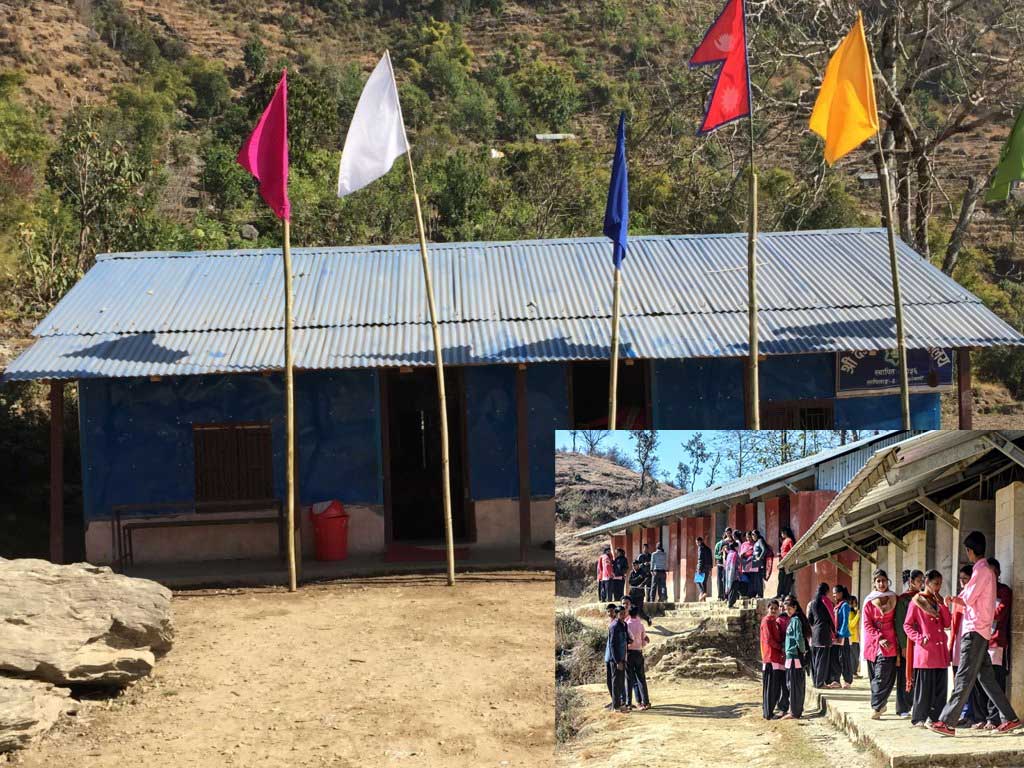
Education and literacy are crucial components of a society's development and growth. In Nepal, education and literacy have been a priority for the government and non-governmental organizations for many years. The education system in Nepal has made significant progress in recent years, but challenges still persist, particularly in rural areas. This article will provide an overview of the education system in Nepal, the current literacy rates, and the challenges faced by the education and literacy sectors. It will also showcase the success stories and initiatives taken to improve education and literacy in the country.
Overview of the Education System in Nepal
The education system in Nepal is divided into primary, secondary, and higher education levels. Primary education is free and mandatory for children between the ages of 6 and 14, while secondary education is optional. Higher education is provided by universities and colleges. The education system in Nepal has faced challenges in recent years, including a lack of funding, insufficient infrastructure, and a shortage of qualified teachers. Despite these challenges, the government has made significant efforts to improve the education system and provide quality education to all children.
Current Literacy Rates in Nepal
According to the latest data from the World Bank, the literacy rate in Nepal has increased from 60% in 1990 to 68% in 2020. Despite this improvement, there is still a large disparity between literacy rates in urban and rural areas, with literacy rates in urban areas being much higher than in rural areas. A study by the Nepalese government found that the literacy rate in urban areas is 80% compared to just 54% in rural areas.
Comparison of Literacy Rates between Urban and Rural Areas
Urban areas in Nepal have many advantages over rural areas in terms of education and literacy. Urban areas have more resources and better infrastructure, which leads to higher literacy rates. In addition, urban areas have more qualified teachers and a greater number of schools and libraries. Rural areas, on the other hand, face numerous challenges in terms of education and literacy, including a lack of funding, insufficient infrastructure, and a shortage of qualified teachers. The government has made efforts to address these challenges, but progress has been slow.
Challenges faced by the Education System in Nepal
Despite the progress made in recent years, the education system in Nepal still faces many challenges. One of the biggest challenges is a lack of funding, which has resulted in insufficient infrastructure, including a shortage of schools and libraries. Additionally, there is a shortage of qualified teachers, particularly in rural areas. This has led to a low standard of education in many areas and has made it difficult for children to get a quality education.
Success Stories and Initiatives to Improve Education and Literacy in Nepal
There have been many successful initiatives and programs aimed at improving education and literacy in Nepal. One of the most successful initiatives is the ABC Campaign in Rural Nepal, which aims to improve literacy for children in rural areas. The campaign has been implemented in many rural areas and has been successful in increasing literacy rates for children.
A study by UNICEF found that enrollment in primary education has increased from 82% in 2000 to 94% in 2019 in Nepal, showing the progress made in improving access to education. The government has also launched several programs to improve the education system, including the construction of new schools and the training of teachers.
Conclusion
Education and literacy are crucial components of a society's development and growth, and the education system in Nepal has made significant progress in recent years. Despite the challenges faced by the education and literacy sector, including a lack of funding, inadequate infrastructure, and teacher shortage, there have been various successful initiatives aimed at improving the education system and literacy rates in Nepal.
Finally, the education system and literacy rates in Nepal have made significant progress in recent years, but there are still challenges that need to be addressed. The government, NGOs, and other organizations need to work together to address the challenges faced by the education and literacy sector, including a lack of funding, inadequate infrastructure, and teacher shortage. With the right support and resources, the education system and literacy rates in Nepal can continue to improve and contribute to the development and growth of Nepali society.
Source:
The information in this article is based on various sources including:
- World Bank data on literacy rates in Nepal
- United Nations Children's Fund (UNICEF) studies enrollment in primary education in Nepal
- Reports and studies by NGOs and other organizations working in the education and literacy sector in Nepal
- Government statistics and reports on the education system in Nepal
- Academic research and articles on education and literacy in Nepal


